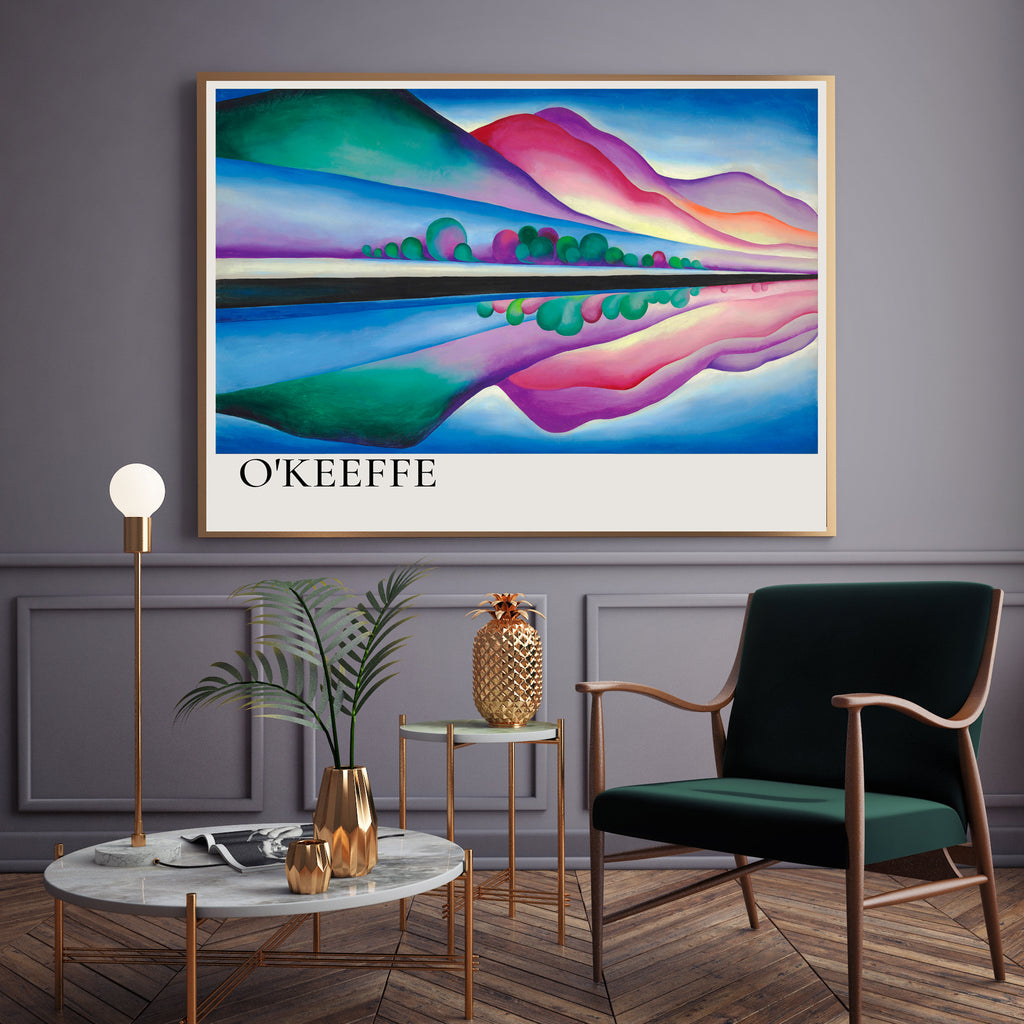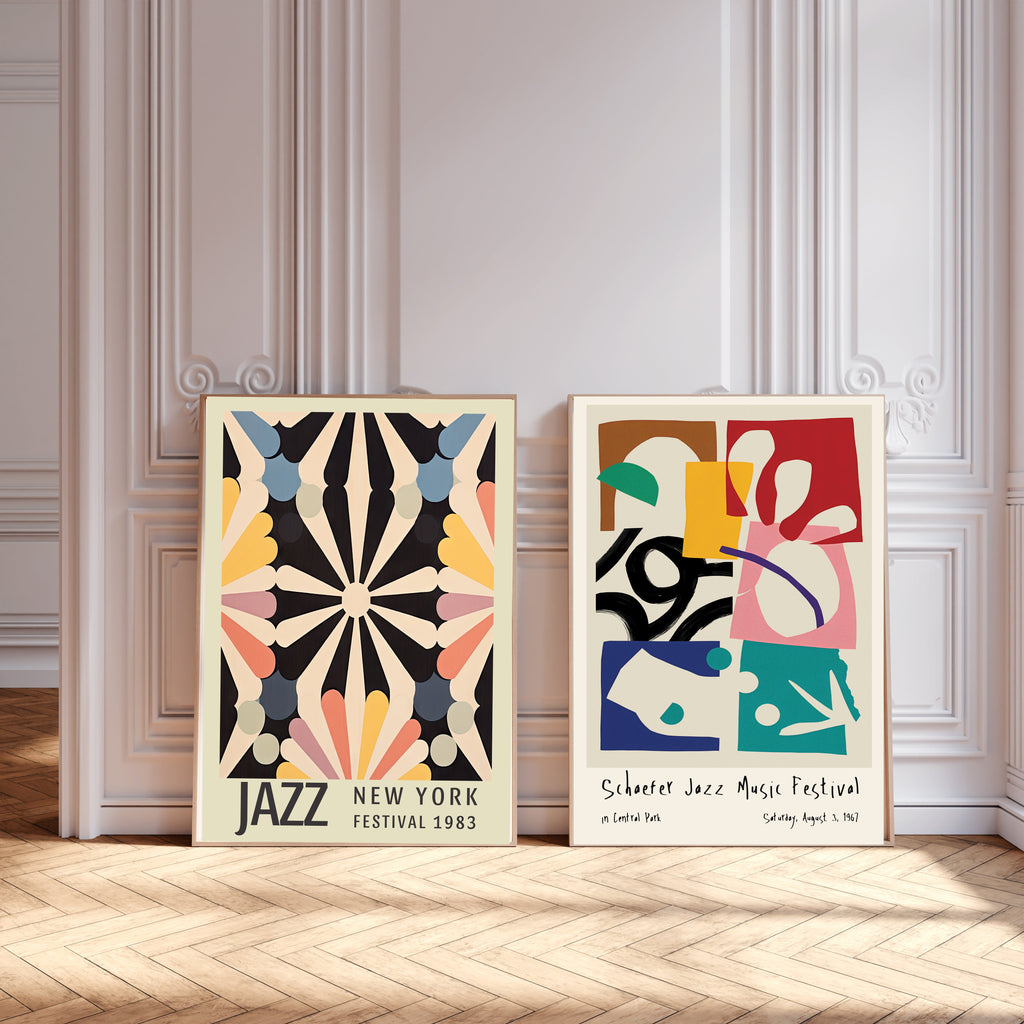Elevate Your Kitchen with Stunning Art Prints from Stanley Street Studio
Hey there, fellow home decor enthusiasts! Today, let's dive into a delightful topic that's all about adding that extra sprinkle of charm to the heart of your home: the kitchen. Yes, you heard it right! We're talking about kitchen art prints and why you should definitely check out the fantastic selection at Stanley Street Studio.
Why Kitchen Art Prints?
First things first, why even bother with art prints in the kitchen? Well, the kitchen is more than just a place where we whip up delicious meals. It's a gathering spot, a place for creativity, and often the true center of a home. Adding art to this space can transform it from purely functional to fabulously inviting. Plus, who doesn’t want a little eye candy while brewing their morning coffee?
Stanley Street Studio: A Treasure Trove of Art
If you’re on the hunt for art that perfectly blends style, personality, and a touch of whimsy, look no further than Stanley Street Studio. Their collection of kitchen art prints is nothing short of spectacular. Here's why this studio stands out:
1. Diverse Styles to Suit Every Taste
Whether you're into sleek modern designs, rustic farmhouse vibes, or something in between, Stanley Street Studio has you covered. Their range of styles ensures that you'll find something that resonates with your personal aesthetic.
2. Quality That Speaks for Itself
Each print from Stanley Street Studio is crafted with an eye for detail and quality. The colors are vibrant, the paper is top-notch, and the overall finish is simply stunning. These prints are not just art; they’re pieces you’ll be proud to display.
3. Unique and Exclusive Designs
What sets Stanley Street Studio apart is their collection of unique and exclusive designs. You won't find these prints mass-produced or flooding the shelves of big-box stores. Each piece feels special and thoughtfully created.
Must-Have Kitchen Art Prints from Stanley Street Studio
Culinary Quotes
Sometimes, all you need is a bit of inspiration. The Culinary Quotes collection features beautiful typography and witty sayings that are sure to bring a smile to your face. Hang these prints above your stove or on a gallery wall for a daily dose of motivation and humor.
How to Style Your Kitchen Art Prints
Now that you’ve picked out some fabulous prints, here are a few tips on how to style them in your kitchen:
- Mix and Match: Don’t be afraid to mix different styles and sizes. A gallery wall with a mix of prints can create a dynamic and visually interesting focal point.
- Frame It Right: Choose frames that complement your kitchen decor. Wooden frames for a rustic look, sleek black or white frames for a modern vibe, or even colorful frames for a playful touch.
- Location, Location, Location: Think about where you spend the most time in your kitchen. Above the sink, near the dining area, or by the coffee machine are all great spots to add a bit of art.
- Keep It Clean: Kitchens can get messy, so make sure your prints are in areas where they won’t be exposed to too much grease or moisture. Consider framing them under glass for easy cleaning.
Kitchen art prints are a fantastic way to infuse personality and charm into one of the most important rooms in your home. With the stunning selection from Stanley Street Studio, you’re sure to find pieces that speak to your style and make your kitchen a more inviting and inspiring space. So, why wait? Head over to Stanley Street Studio and start curating your kitchen art collection today!
Happy decorating!




